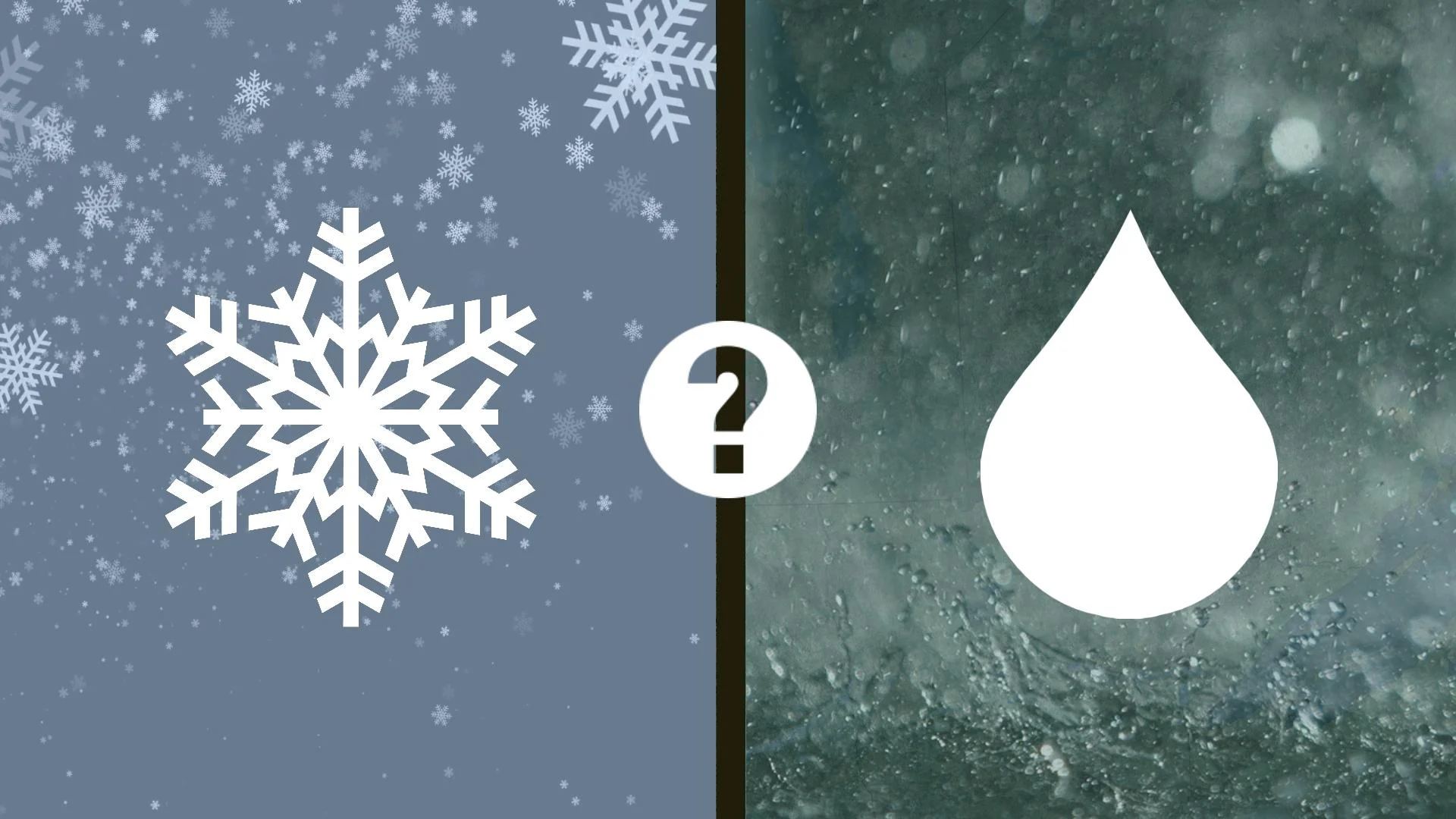
Decoding a mystery: What is a ‘trace’ of precipitation?
A ‘trace’ of rain or snow is a delightfully vague way to report the weather—but what is it, exactly?
Mostly sunny, partly cloudy, relative humidity, apparent temperature—while today’s weather forecasts are stunningly precise and accurate, current weather observations sometimes feel like an exercise in hedging our bets. But for all of the ambiguous language we use to convey conditions past and present, the ‘trace’ might be a mystery near the top of the list.
What exactly is a ‘trace’ of precipitation, anyway?

We hear the term all the time in weather forecasts. Halifax recorded a trace of rain on Thursday. Winnipeg saw a trace of snow last night. It’s the “pinch of salt” of meteorology—delightfully vague, but descriptive enough to be helpful when you need it.
Most of the rain and snow data we encounter is reported using millimetres and centimetres. Entrance Island, B.C., measured 618.4 mm of rain in December 2022, and Toronto-Pearson International Airport averages about 4.5 cm of snow in a typical April.
But it’s not always possible to measure the rain and snow that falls.
If it rains enough to make the ground wet, but not enough to register in the rain gauge, how do you report that it rained at all? The same goes for snow—if it snows like mad for ten minutes, but it never accumulated on the ground, how do you keep an official record of that fleeting burst of flakes?

This snow falling in New York City would be recorded as a ‘trace’ because it only wet the ground without accumulating. (Patrick Tomasso/Unsplash)
DON'T MISS: Canada's Official February Forecast
That’s where a trace comes in handy. It’s a nifty workaround to document scant amounts of rain or snow in the record books.
Meteorologists record a trace of precipitation, denoted by the letter “T” on maps and in official observations, when an immeasurable amount of rain or snow falls at a certain location.
Environment and Climate Change Canada (ECCC) officially records a trace of precipitation when a location sees less than 0.2 mm of rain or less than 0.2 cm of snow. That’s an ephemeral shower on a summer’s afternoon, or a mere flurry in the dead of winter.
Since traces are an observation rather than an official measurement, these readings don’t contribute to a location’s annual precipitation numbers. A trace of snow, for instance, isn’t enough to break a location’s snow drought during an unusually warm winter.











